St David’s Day Recipe: Welsh Lamb and Rosemary Stuffed Leeks
Happy St David’s Day! We love Wales. We go every year on holiday and I have done since a child….
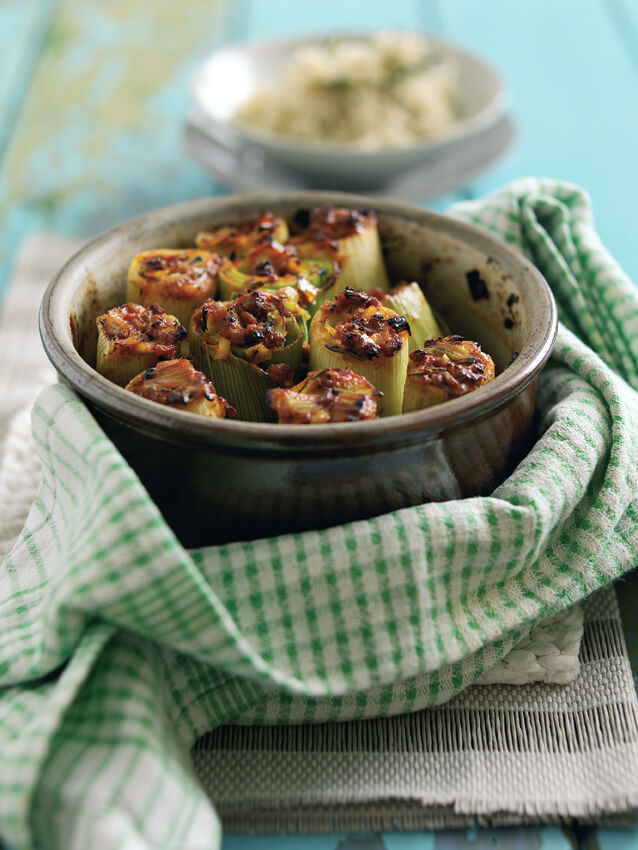
Happy St David’s Day! We love Wales. We go every year on holiday and I have done since a child….
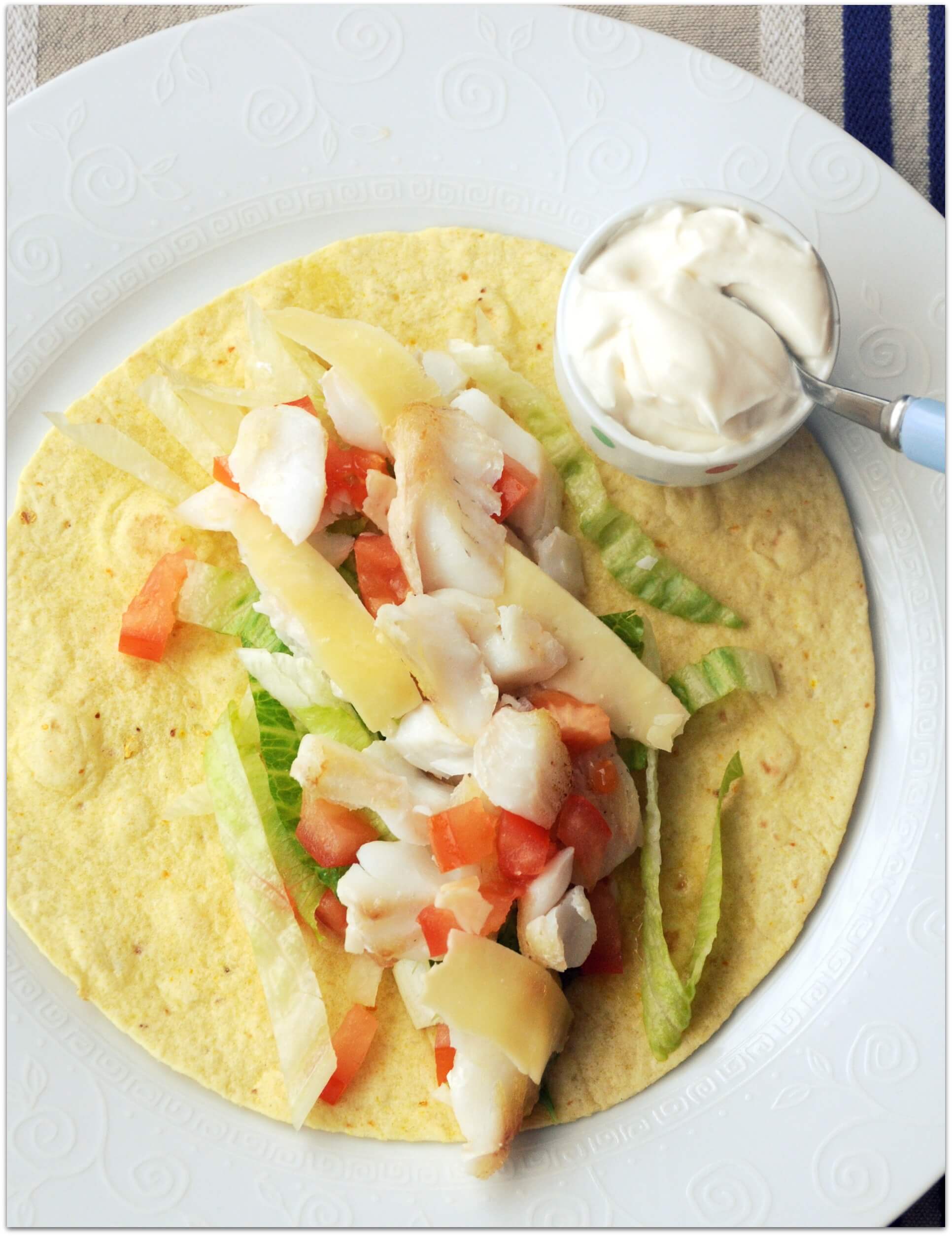
We’re on a roll and eating lots more fish! I’ve been so pleased to see the kids love trying fish…
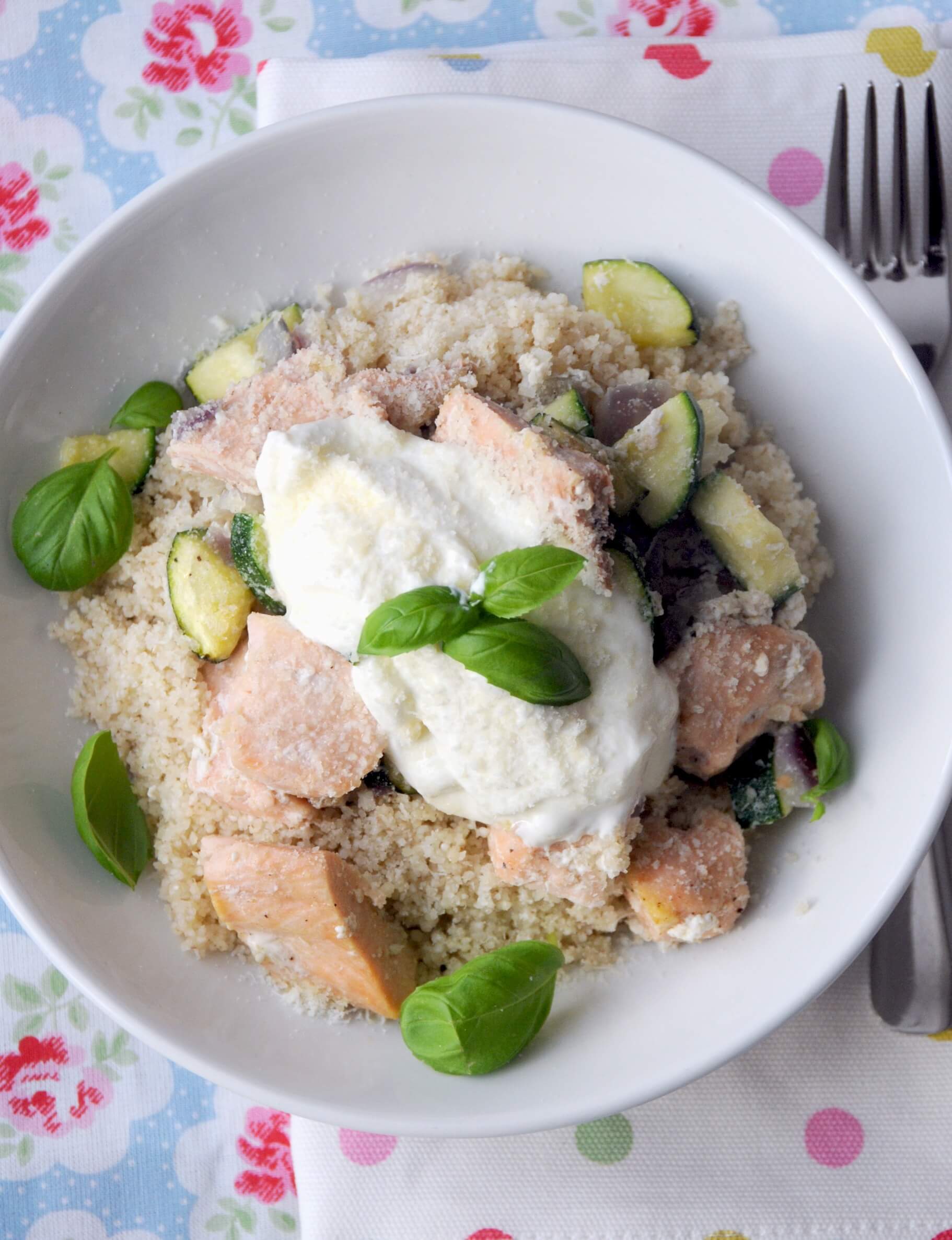
Balance was ever-so-slightly restored by the end of the week, after consuming rather too much deliciously-moist Vegan Chocolate Cake. Thanks…
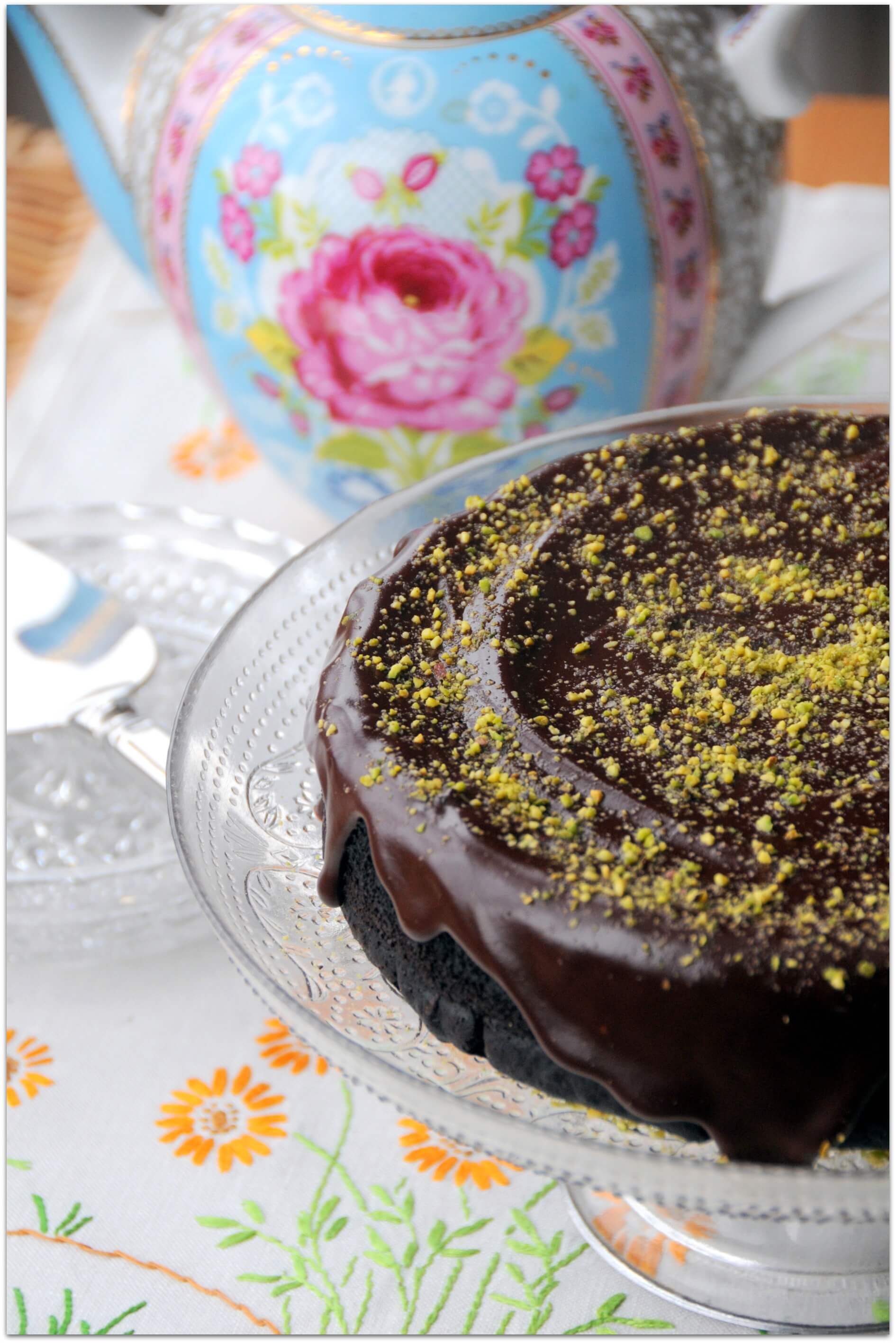
I should have known when I made the Panettone and Nutella Bread Pudding, that the healthy eating plan would go downhill. But…
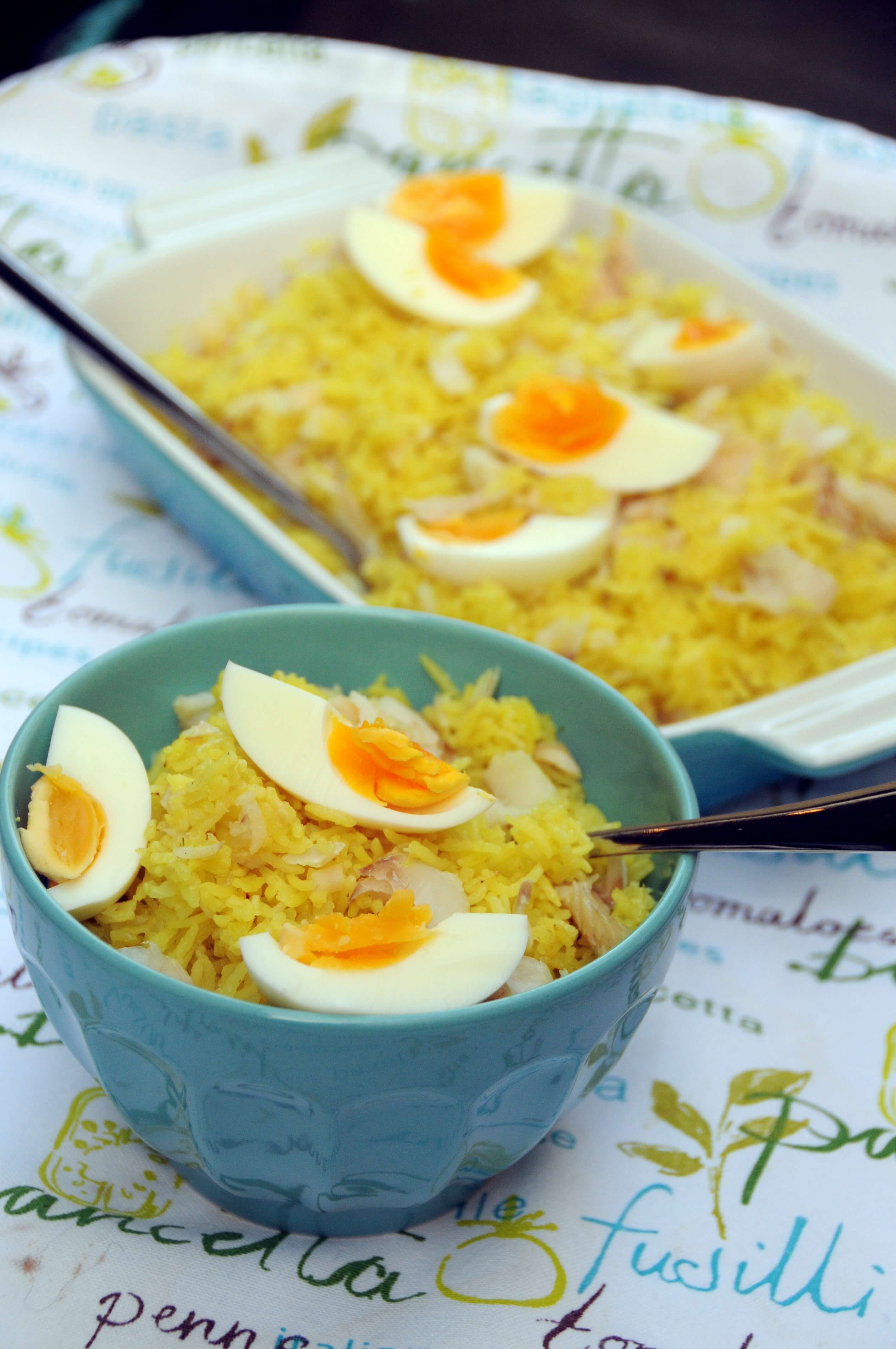
I’m very excited to have been asked to become involved in a campaign called Fish is the Dish and have been sent my…
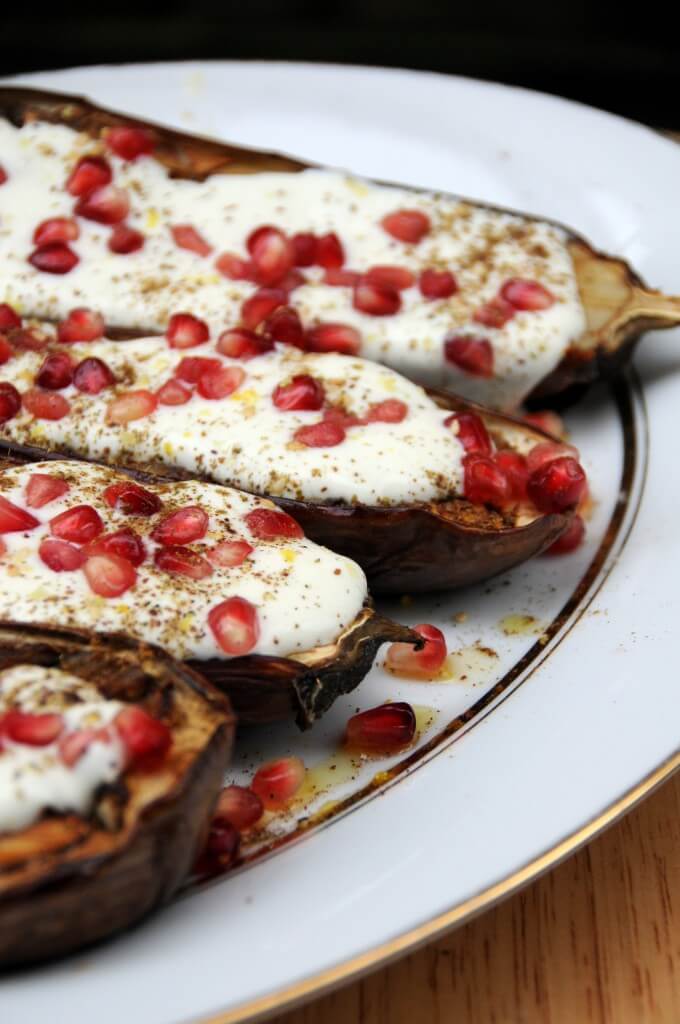
I have to say that when I popped into my local Morrisons store this week, I did not expect to…
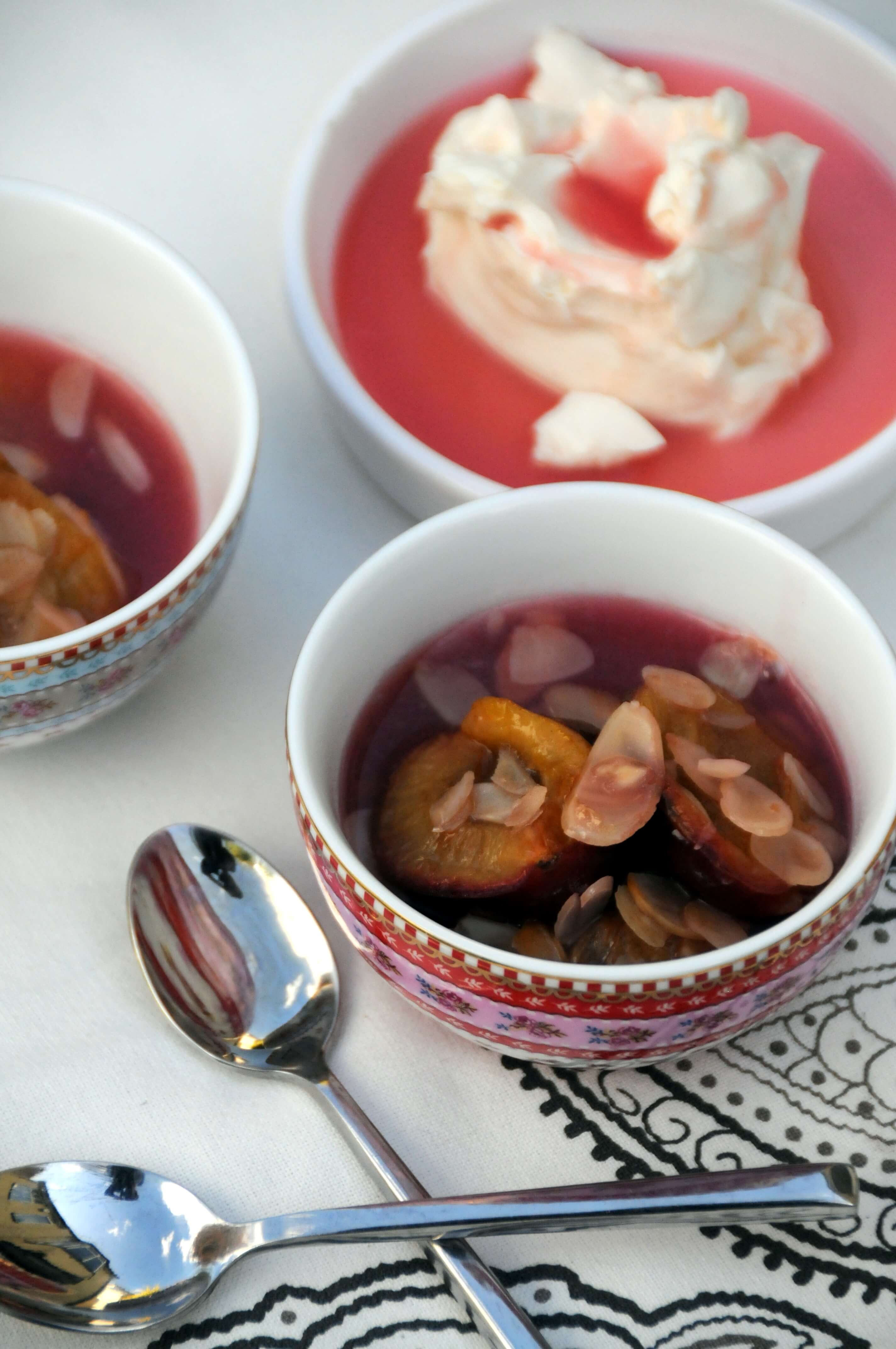
Well, this is both exciting and scary at the same time! Ta da – Fabulicious Food! has made the very…
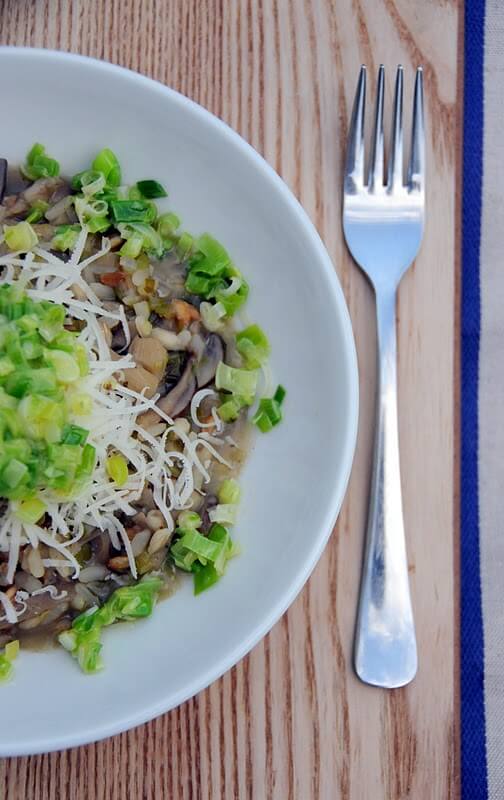
Having survived National Cupcake Week, my scales are pleased that we are now into British Food Fortnight. Whilst I could…
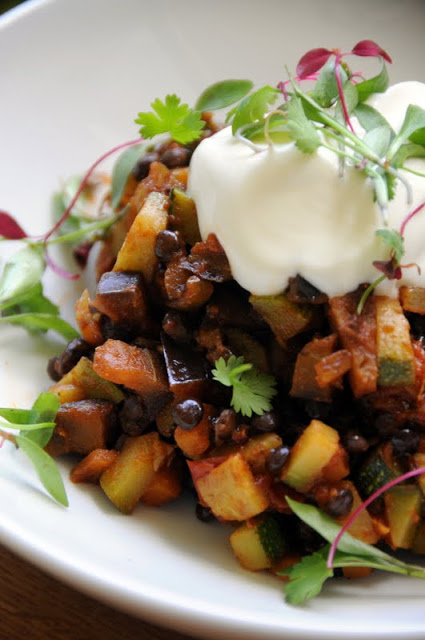
September means change. The summer has flown by and a new term starts this week. It doesn’t feel as though…
A really big thank you to everyone who entered the Forman and Field/Knorr Giveaway towards the end of last week here…
This is a quick breakfast post in response to Helen’s Breakfast Club challenge this month hosted by Helen herself over…
You may remember that a little while ago I was invited to attend a Knorr event to meet and watch…
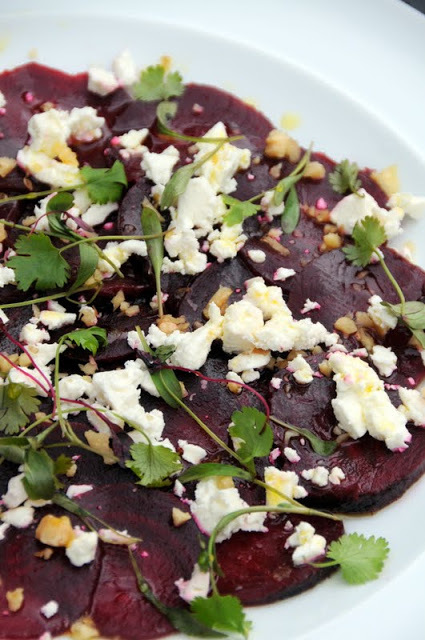
I was having a chat on Twitter earlier on with Jacqueline from Tinned Tomatoes about the lovely sunny weather today, which…
I was challenged by the lovely Giulia of Juls’ Kitchen to make fresh pasta for this month’s Monthly Mingle. This was such an…
I don’t often share breakfast posts, usually because we are in too much of a hurry in the mornings, but…
The theme for Forever Nigella #5 has been announced by Dom at Belleau Kitchen and it is to be “Salad Days.” As we…
Last week I caught up on the phone with my sister over in Italy who (during an amazing conversation about Italian…
This week I was invited to attend an event by Hellmann’s who want to inspire us with simple recipes using…
So, we are a week into the new diet ‘Healthy Eating Plan’ following the Christmas and New Year binge and things…